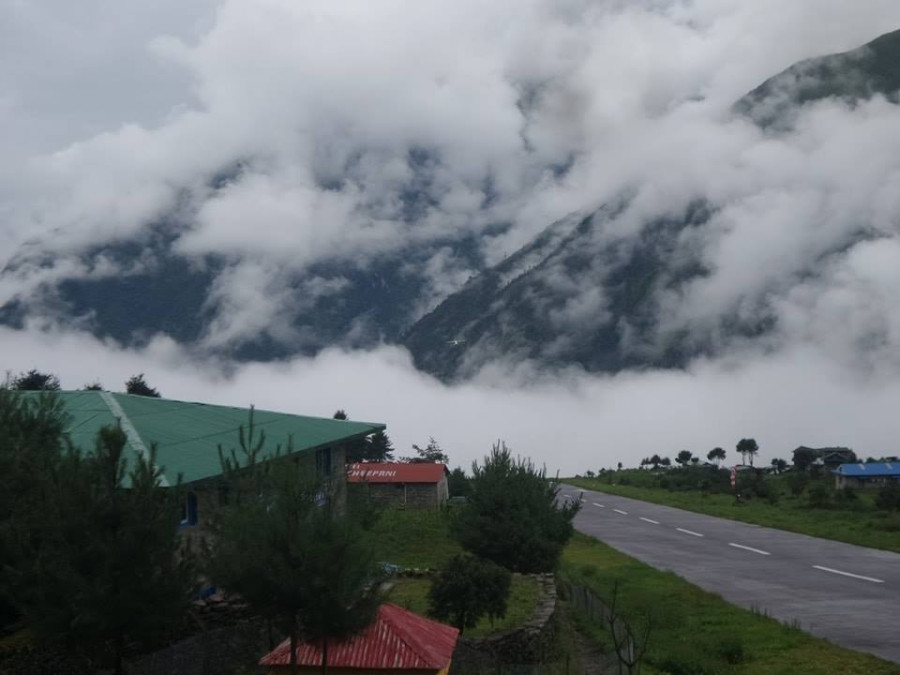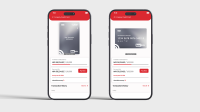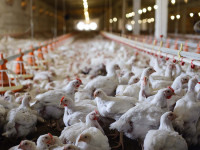Money
Domestic airfares plunge as carriers face glut of seats
Domestic air passengers are laughing all the way to the airport as carriers are engaging in a fare war and making unannounced and quiet price cuts. The competition is expected to intensify with airlines planning to add more aircraft this year, and they will have to work harder to fill all those extra seats.
Sangam Prasain
Domestic air passengers are laughing all the way to the airport as carriers are engaging in a fare war and making unannounced and quiet price cuts. The competition is expected to intensify with airlines planning to add more aircraft this year, and they will have to work harder to fill all those extra seats.
The normal airfare in the domestic sector has always been high, but it is only for peak travel periods like Dashain and Tihar, and times of natural disaster when overland routes are cut off, airlines said. During the lean season (December-March and June-August), airlines fill up many seats by slashing prices quietly to avoid having to fly empty, and bring big smiles to the faces of flyers. The cheap tickets do not apply to foreign travellers, unfortunately.
Some key airlines the Post talked to said they were offering discounts of 50 to 55 percent on the normal fare due to overheated competition among carriers to attract passengers. For example, the normal one-way airfare on the Kathmandu-Bhadrapur flight is Rs9,100, but travellers can get a ticket for as low as Rs4,500.
“Airline ticket prices appear to fluctuate with the season. It’s off season now,” said Anil Manandhar, corporate manager of Shree Airlines. “Yes, fares may drop to Rs4,000 on the Kathmandu-Bhadrapur route including other trunk sectors soon as travel demand continues to slow during the winter.”
Airlines operators said that they had been allocating more than 50 percent of their seats to budget travellers. The days ahead look more optimistic for flyers as airlines are adding more aircraft that will create a glut of seats. And to fill them, airlines will have to engage in aggressive competition. But it could dent their profits.
Buddha Air now enjoys a profit margin of around 22 percent on every ticket sold, a highly-placed source at the airline said.
That could plunge to 5-6 percent after the carrier inducts two 72-seater ATR 72 aircraft into its fleet by February. The leading domestic airline, in terms of passenger numbers, is now adopting a different strategy—cut profit margins and fill seats.
Competition escalated after Shree Airlines entered the domestic sector with jet aircraft and shocked the existing carriers with rock bottom fares. Domestic airlines are poised to add at least seven 70-plus seater aircraft to their fleets by February as they see increased travel demand ahead. Major carriers have placed orders for several short-haul regional aircraft due to a rapid rise in the number of air travellers.
Shree Airlines is expected to get a no-objection letter from the Civil Aviation Authority of Nepal to induct three 78-seater Bombardier Dash 8 Q400 turboprops into its fleet soon.
Shree has an all-Bombardier fleet of two CRJ-200s and two CRJ-700s. It commenced service on August 11, 2017. Shree plans to bring all three aircraft by February next year, bringing its fleet to seven aircraft within a span of two years.
Buddha Air has announced adding two 72-seater ATR 72s into its fleet by February. Buddha’s closest rival Yeti Airlines too will add two ATR 72s, also by February. Saurya Airlines, however, has been the biggest victim of the intense competition. It has been grounded for the last three months after it failed to generate enough cash to pay its staff and settle dues owed to Kathmandu airport.
According to Tribhuvan International Airport, the country’s domestic passenger traffic grew 16.49 percent to 1.98 million during the period January-September 2018.
The figure includes 33,996 passengers flown by helicopters and single-engine aircraft. Flight movement increased 3 percent to 66,453 flights. This means the Nepali skies saw 246 domestic flights daily on average.
Fuel surcharge down 9.6 percent
Domestic carriers Sunday reduced the fuel surcharge added to ticket prices by 9.6 percent following a drop in the cost of aviation fuel.
The extra charge added to the cost of an air ticket has dropped from Rs90 to Rs440 depending on distance. Nepal Oil Corporation last Thursday reduced the price of aviation fuel sold to domestic airlines by Rs10 per litre to Rs94.50 per litre.
Following the revision, the normal fare on a flight from Kathmandu to Dhangadhi, the longest domestic route, has dropped to Rs12,650, including Rs4,175 fuel surcharge and Rs200 airport tax. A ticket on the shortest flight, Kathmandu-Simara, has dropped to Rs3,120, including Rs850 fuel surcharge and Rs200 airport tax.
Rupesh Joshi, marketing and sales director of Buddha Air, said that despite the cut in the fuel surcharge, ‘cheap’ air tickets would not be significantly affected.
“The surcharge reduction will apply to the normal fare which is high. But there are plenty of tickets sold at cheaper rates.”




 6.12°C Kathmandu
6.12°C Kathmandu














%20(1).jpg&w=300&height=200)
